Hi Everyone,
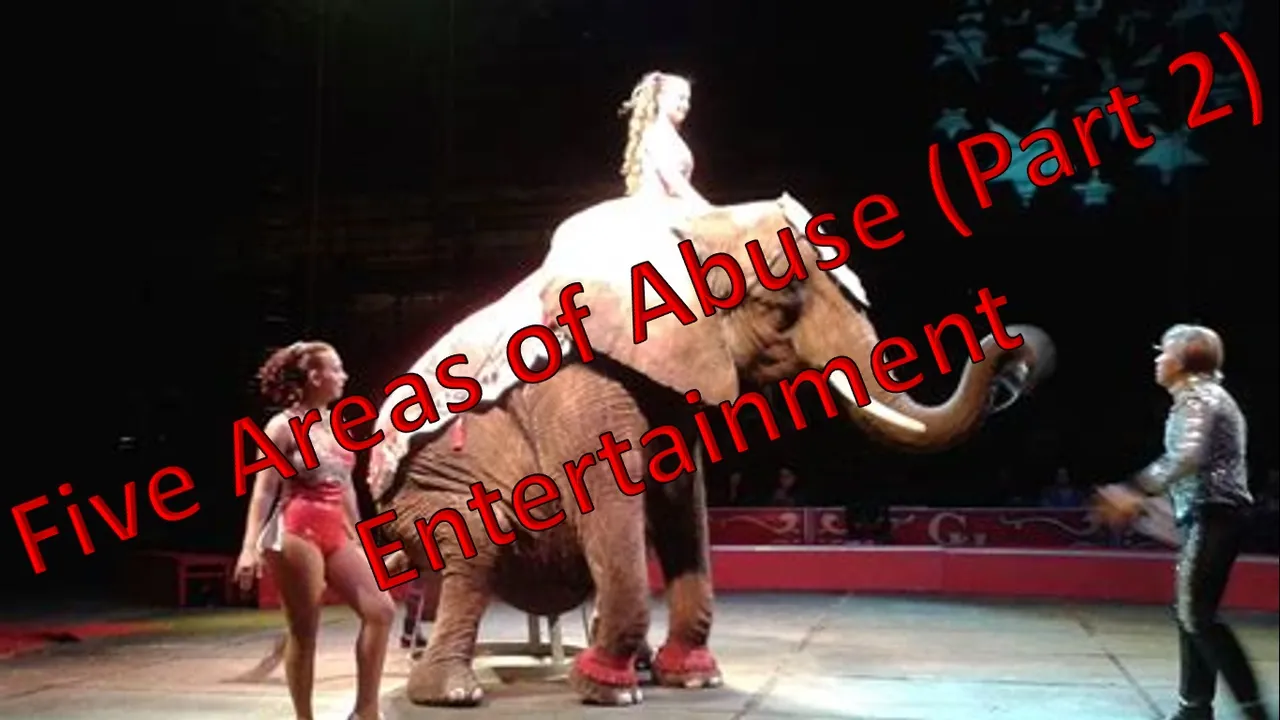
My vegan economics journey continues today with the five areas of abuse that have been identified in the documentary ‘Earthlings’. This post is the second post in the five part series. This post will briefly cover areas of animal abuse in the entertainment industry.
Brief Recap
Before I start this post, I will do a quick recap of the five areas of abuse. These areas are as follows:
- Pets
- Entertainment
- Science
- Food
- Clothing
The first post in the series discussed pets with a focus on puppy mills as well as the rate of abandonment of pets.
Abuse in the Entertainment industry
The entertainment industry is full of examples of animal abuse. This post has identified some of the areas in the industry where abuse occurs. These areas are as follows:
- Circuses
- Zoos
- Rodeos
o Charreada (Mexican Rodeos)
o Roping - Bullfighting
- Horse racing
- Show jumping
- Greyhound racing
- Dogsled racing
- Dog fighting
- Cock fighting
- Animal rides
- Film and television industry
- Hunting
- Fishing
Circuses
Animals can still be watched at many circuses around the world. These animals include tigers, lions, elephants, bears, zebras and horses. These animals perform for our entertainment. These animals also suffer to perform the tricks we see.
Tigers and lions are forced to jump through fire even though they have a natural fear of fire. Jumping through these hoops often causes them burns Source.
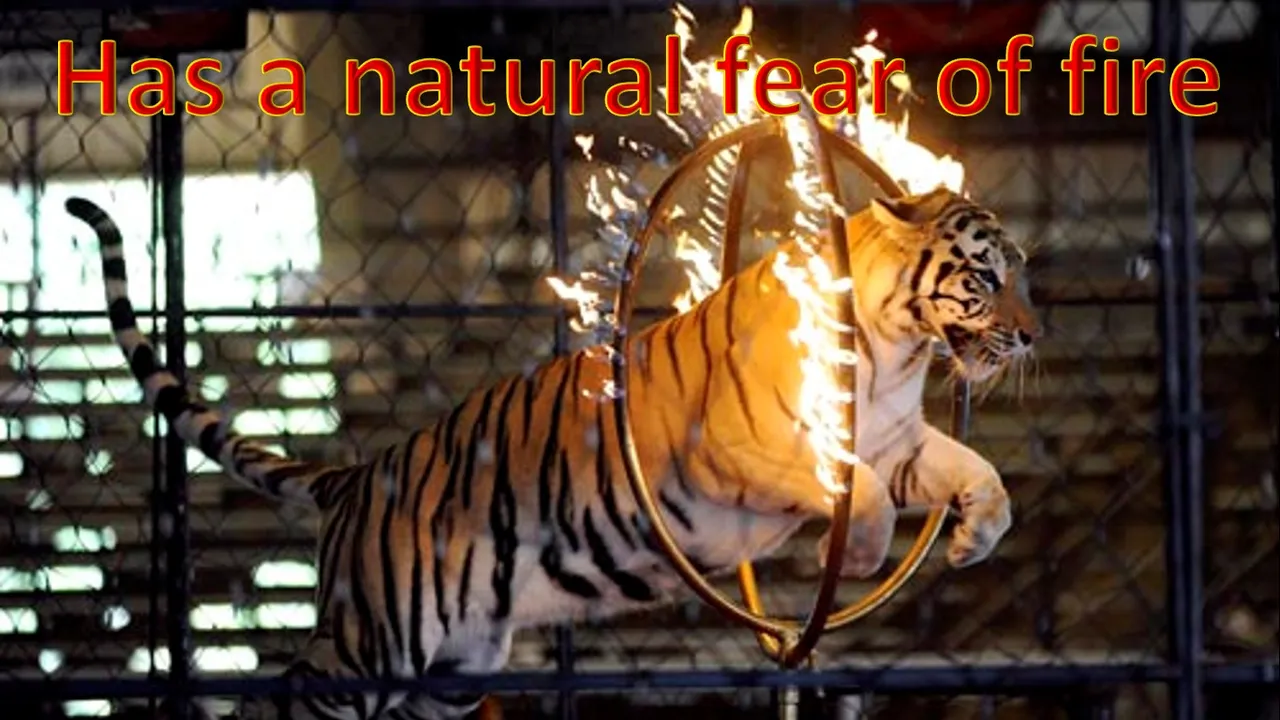
The circus animals are also generally confined to cages or chained up for more than 95% of their life Source.
It is also common for trainers to use whips, bullhooks, electric prods, tight collars and other painful tools to coerce animals to perform tricks Source.
Transportation of circus animals is also cruel. Circus animals are often transported in inappropriately small cages Source.

Zoos
People go to zoos to see animals they would not normally see. In zoos these animals are not observed in their natural environment. Zoos generally are unable to provide enough space for their animals to live a natural life. Lions and tigers have about 18,000 times less space than in the wild, while polar bears have one million times less space than in the wild Source.
The effects of this lack of space becomes evident when we observe their behaviour in captivity. The University of Bristol conducted a study that indicated that zoos were not ideal places to keep elephants. The study showed that 42 out of 77 elephants observed demonstrated behaviour that indicated signs of distressed during the day. A quarter of these elephants demonstrated this behaviour for more than 5% of the day. Asian elephants in particular showed more signs of distress and for longer periods Source.
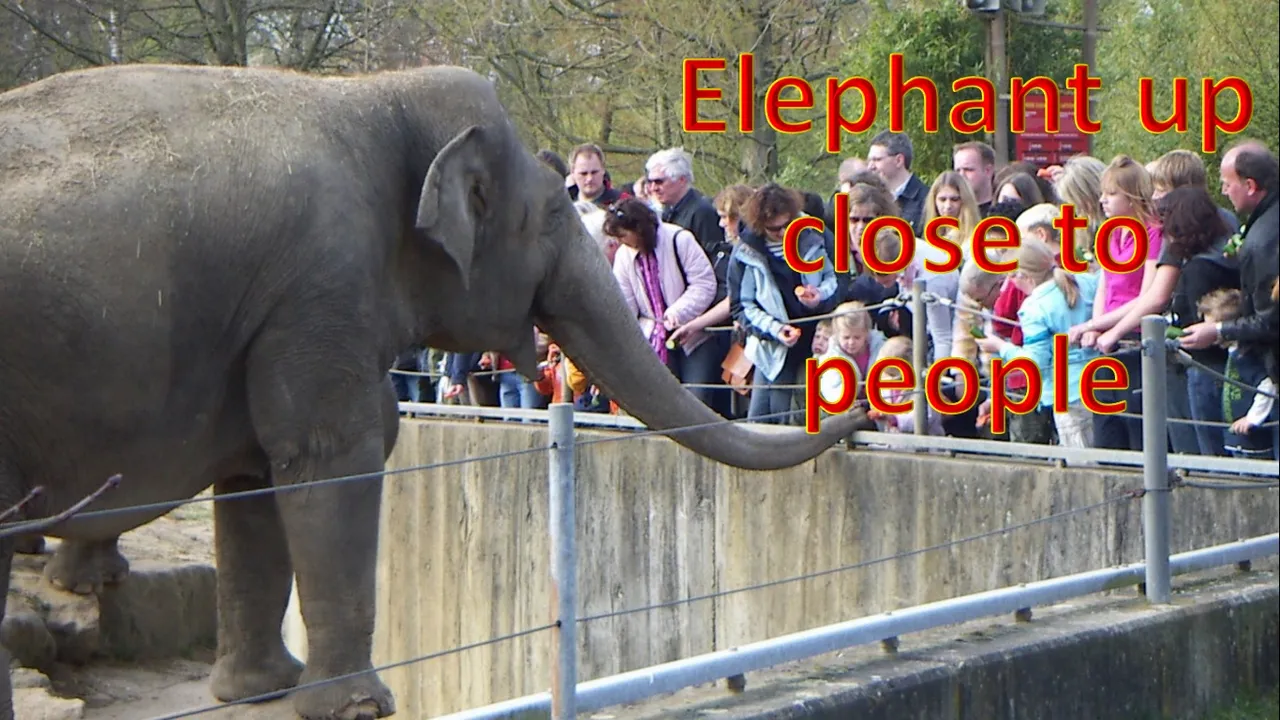
Rodeos
According to people for the ethical treatment animals (PETA), animals suffer serious mistreatment at rodeo events. Cattle and horses are zapped with electric prods to force them to charge out of their chute. Horses are also spurred as well. Bulls are often doped with anabolic steroids in order to make them more aggressive. Serious and often fatal injuries to animals during rodeos is very common Source.
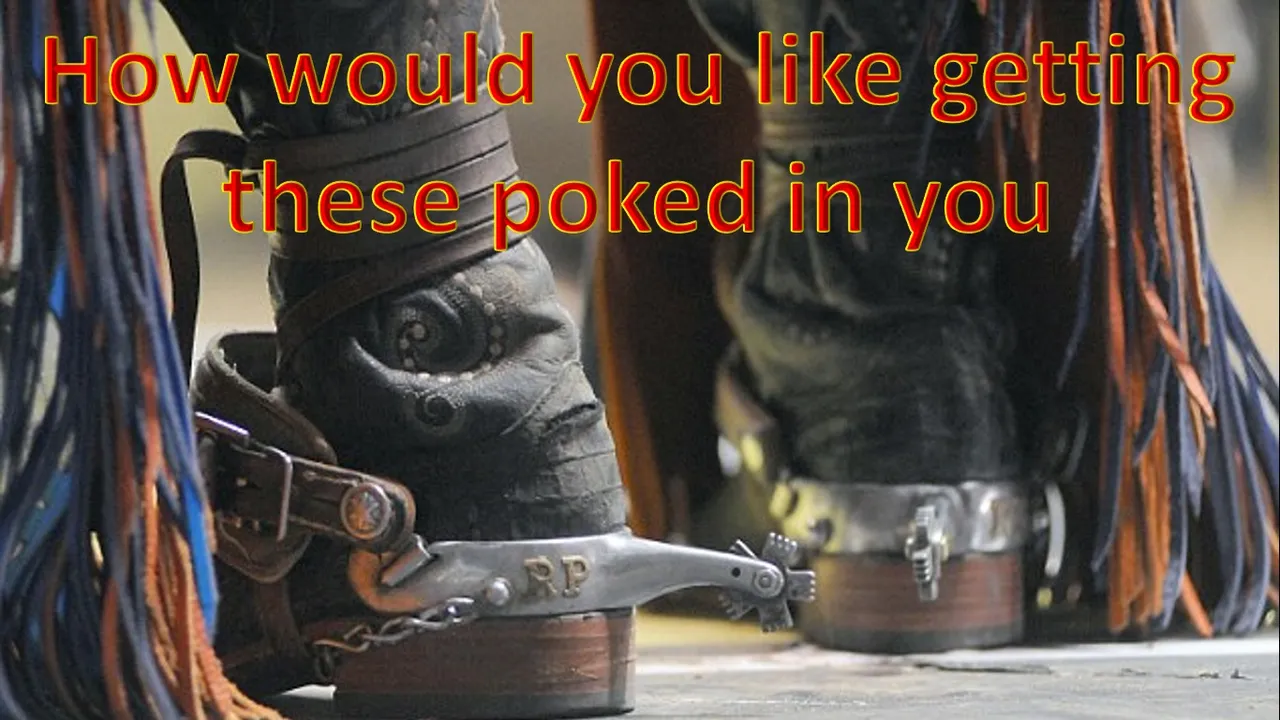
Roping at Australian Rodeos
Australian rodeos have several types of roping events, such events include steer roping, calf roping, and team roping. Steer and calf roping involves a mounted rider attempting to rope a calf/steer in under 60 seconds. Injuries are caused by the jerking motion of bringing the animal to a stop. These injuries include broken bones, tearing of ligaments, and internal haemorrhaging. Team roping causes as much damage to the animals. Team roping involves two riders attempting to rope a steer in under 90 seconds. Injury can be caused as animals are often pulled in different directions by the two riders Source.
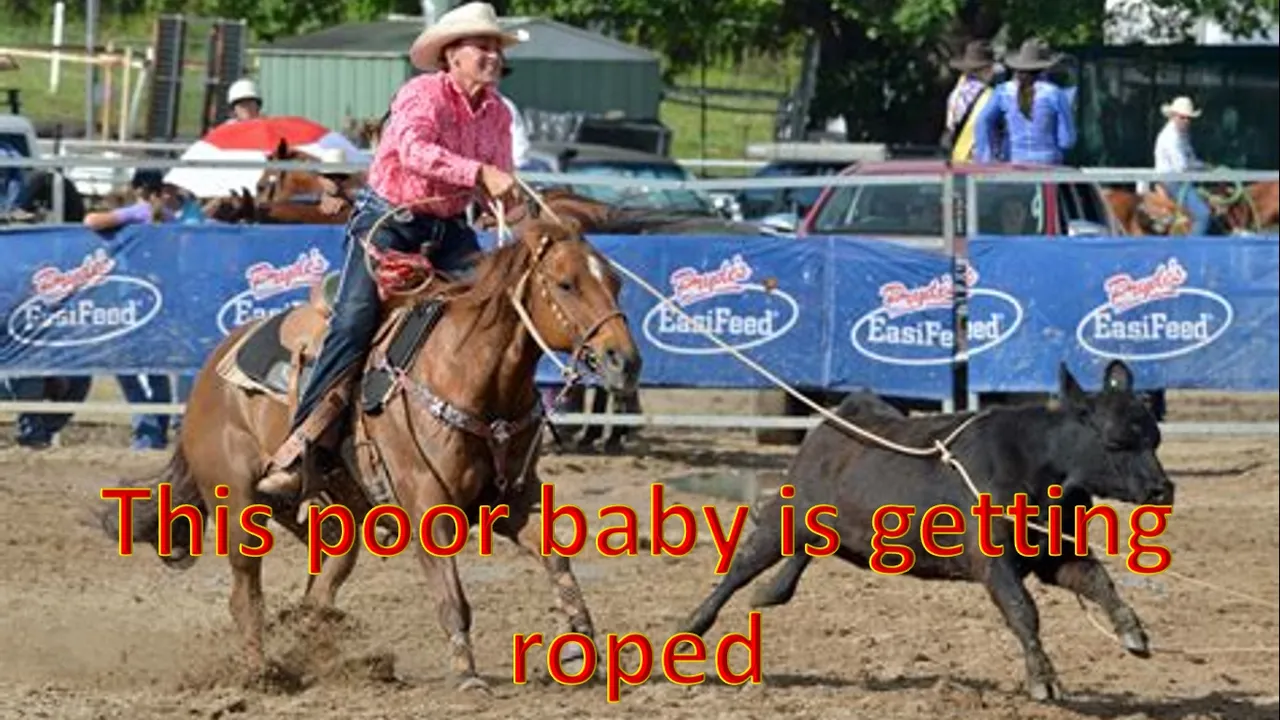
Charreada (Mexican Rodeos)
Charreadas are particularly violent forms of rodeos. There are events at these rodeos that involve tripping horses. Riders will attempt to trip a mare by roping her front legs causing her to fall. This can be very dangerous for her. There are also events which involve roping bulls. Bulls are roped by the neck and legs in an attempt to pull them to the ground Source.
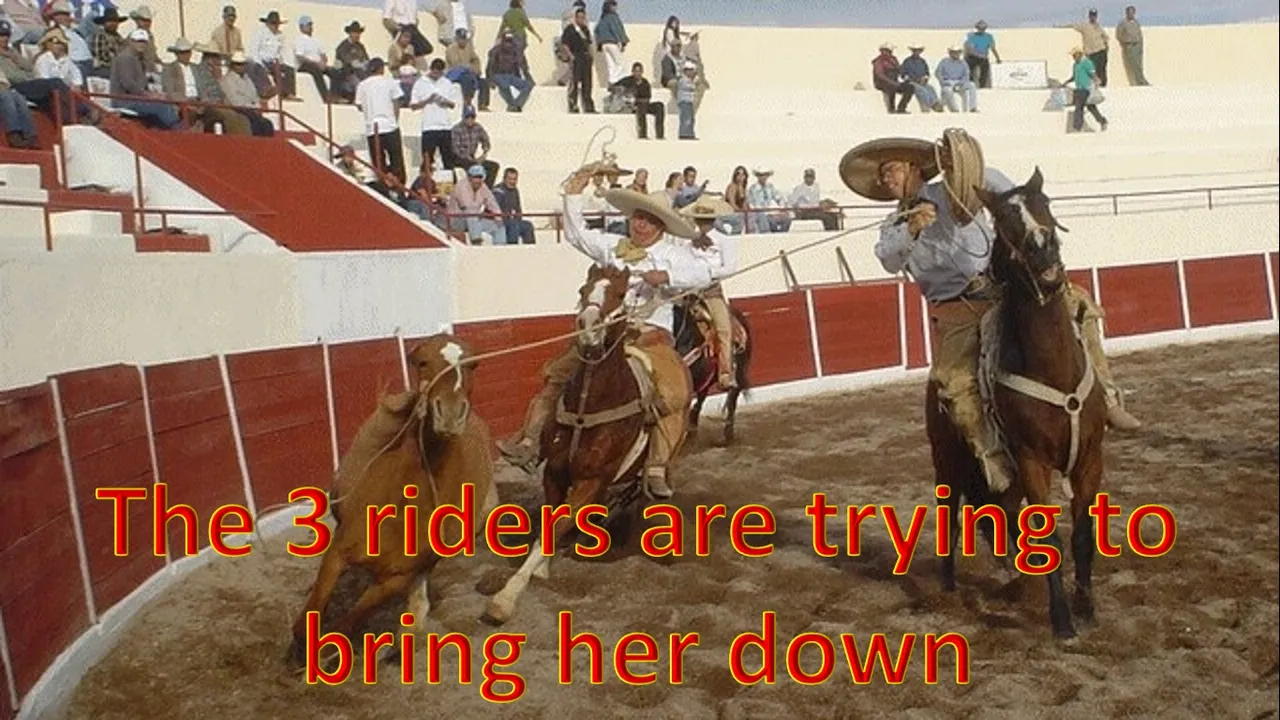
Bullfighting
Bullfighting events are basically events for slaughtering bulls. The events are heavily rigged in favour of the matador. At the start of events the bulls are attacked by Picadors (men on horses) with lances. The Picadors insert the lances into the bulls back and neck muscles. The Picadors try and cause as much blood loss as possible. The banderilleros, who enter on foot, stab the bull with banderillas (brightly coloured sticks with harpoons on the end). After serious blood loss, the banderilleros attempt to make the bull dizzy by running around him. The matador now enters the arena. The matador toils with the bull for a while, then finally makes the kill Source.
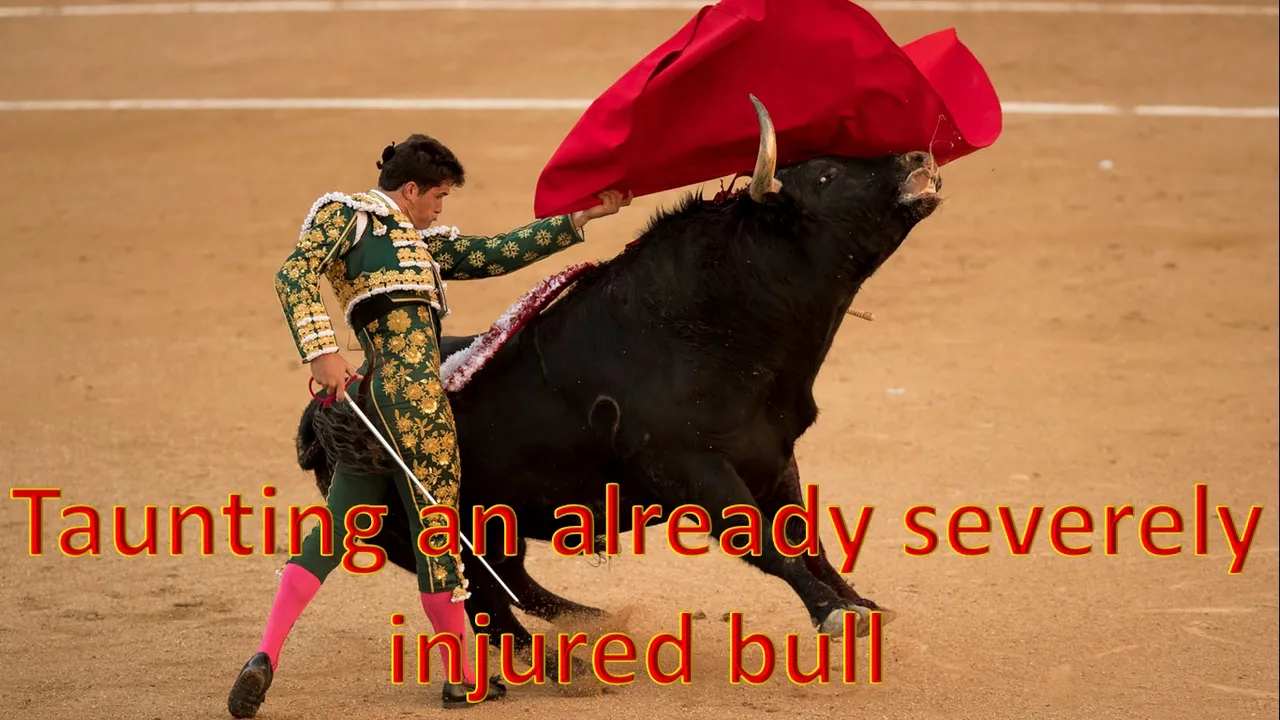
Horse racing
Many people like to spend a day at the races. Horse racing events such as the Kentucky Derby and Melbourne Cup are particularly popular and have created their own culture. Horse racing might be a fun event for some people but it is certainly not for the horses.
Horses are forced to sprint at events that frequently causes serious injury to them. Horses are whipped and even shocked with electric devices Source.
Horses are also pumped with performance enhancing drugs such as Non-Steroidal Anti-Inflammatory Drugs Source.
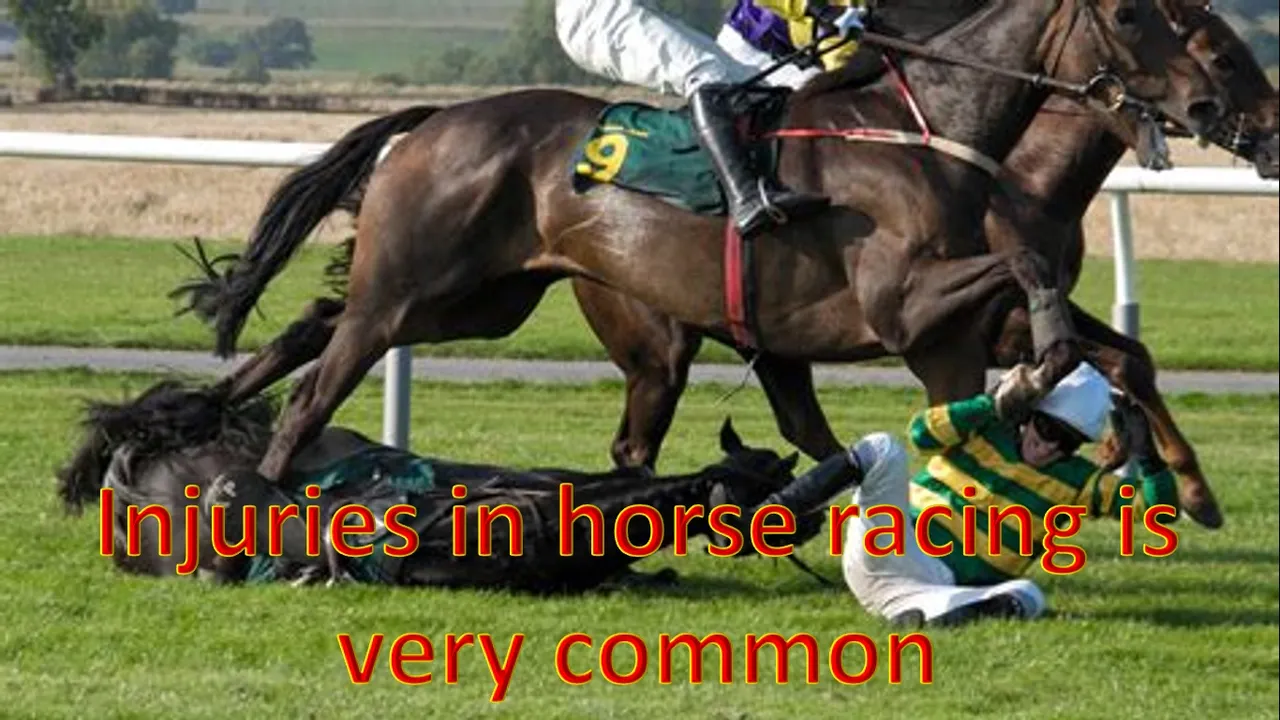
Jumps horse races are even more dangerous than flat horse races. Jumps horse races have 20 times more fatalities to horses than flat races. The longer races, the heavier jockeys, and the jumps themselves make this form of racing particularly dangerous Source.
Most race horse do not even get to the track. They instead end up at the local knackery or slaughterhouse. Over 25,000 horses are killed for meat each year in Australia. This meat is exported Source.
Polo is another sport that makes use of horses. The horses used for polo matches often suffer a very similar fate to those used in horse racing Source.
Greyhound racing
Greyhound racing is another cruel form of entertainment that involves the suffering of animals. Most of the time that the greyhounds are not on the track, they are confined to tiny cages. Greyhounds have an expected retirement age of between 4 to 5 years but most greyhounds do not survive to reach retirement age. Greyhounds are also expected to race in some very tough conditions ranging from very hot to very cold. This is particularly hard for greyhounds as they have very little body fat. Greyhounds are often drugged to enhance performance. These drugs include steroids and cocaine Source.
Greyhound racing is not just cruel to greyhounds but to other animals that are used as bait for the greyhounds during training. These bait animals include piglets, possums, and rabbits. Trainers taunt the greyhounds to encourage aggressive behaviour and then the greyhounds are allowed to maul the bait animal Source.
The figure below contains some facts regarding greyhound racing in Australia.

Dogsled Racing
Dogsled racing is another but less known about sport which involves cruelty to animals. Race dogs have to endure extreme weather for many hours for days at a time. The Iditarod Trail Sled Dog Race in Alaska is the most famous (notorious) dogsled race. This race requires dogs to run for over 100km each day for approximately nine straight days Source. In the 2017, 4 dogs died competing in the Iditarod Trail Sled Dog Race Source.
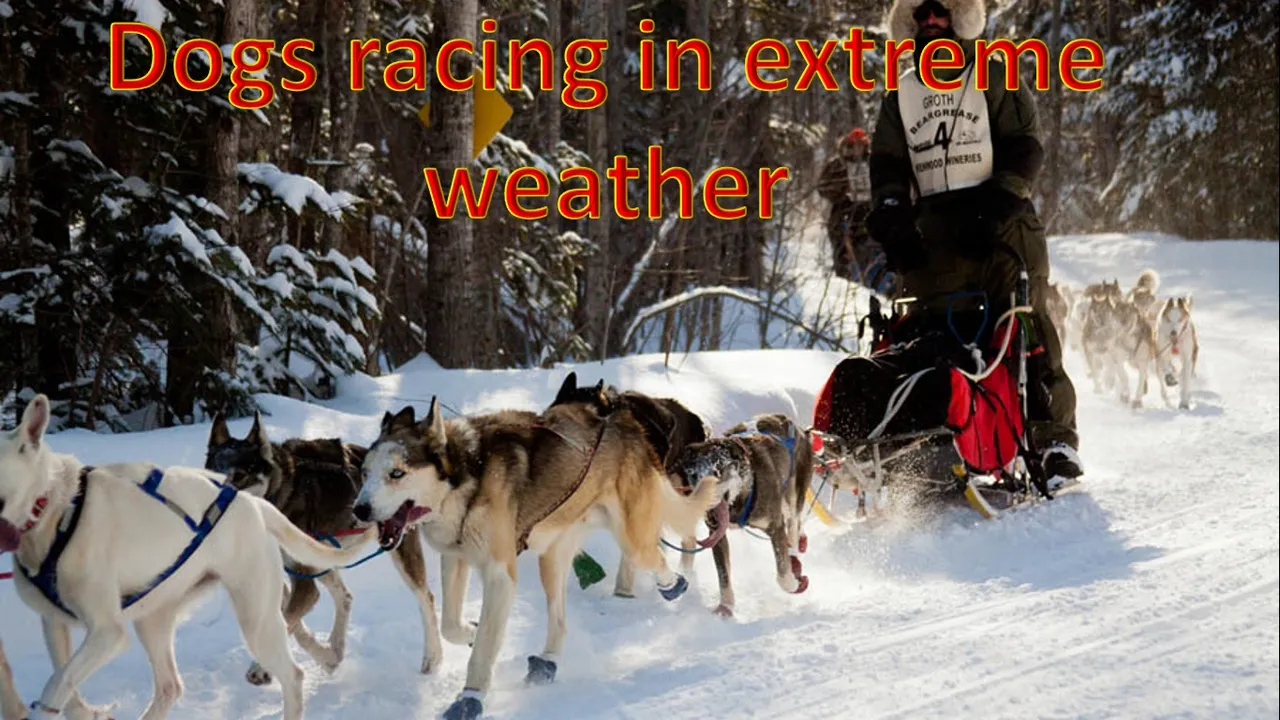
Dog fighting
Even though dog fighting is illegal in most countries, it is still held in many countries and sometimes evenly openly. Dog fighting is an extremely violent and cruel activity. Dogs are forced to fight and then left to die. As part of the training, dogs are forced to run on treadmills or swim in pools while other smaller dogs are dangled in front of them. Dogs are often given steroids, have their teeth sharpened, have their ears cut, and have roach poison added to their food to make their fur taste bad to other dogs. Dogs are typically kept in bad conditions. They are chained up or caged. They are also starved to increase their level of aggression Source.
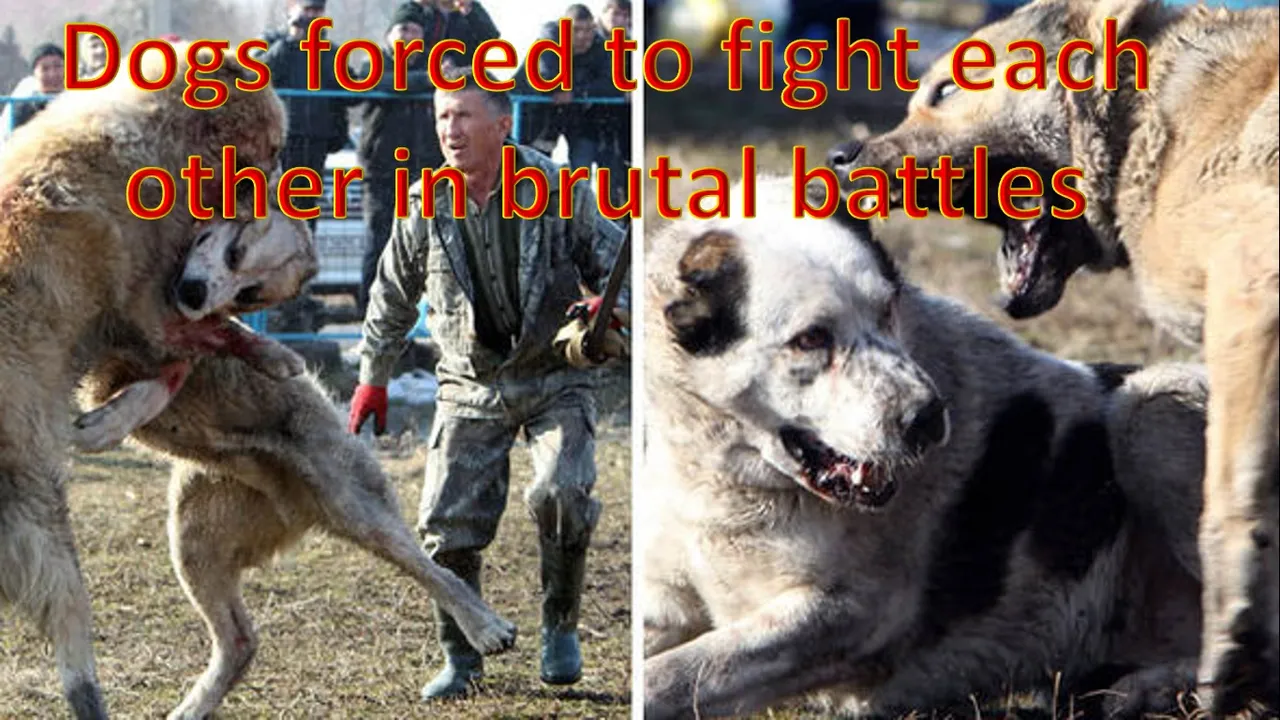
Similar to greyhound racing, dog fighting uses bait animals. These animals are smaller and are used to build aggression in the dogs. These animals are often severely mauled.
I have a Chihuahua, who was rescued from a dog fighting operation in Queensland, Australia. His name is Monkey and he was very badly injured from being a bait dog. His front right leg had to be amputated because of the severity of injury to it.
Little Monkey looking much better now

Cock fighting
Cock fighting is also illegal in many countries but like dog fighting, cock fighting still takes place. Cock fighting is a very brutal activity. Cock fights are generally fight-to-the death matches between roosters.
According to PETA, the roosters are trained through abuse such as adding weights and even blades to them for practice fights. The roosters are often kept in poor conditions with inadequate shelter. Roosters that lack aggression or deemed not suitable for fighting are killed.
Cock fighting is also linked to other criminal activity such as illegal gambling, drug dealing and even murder Source.
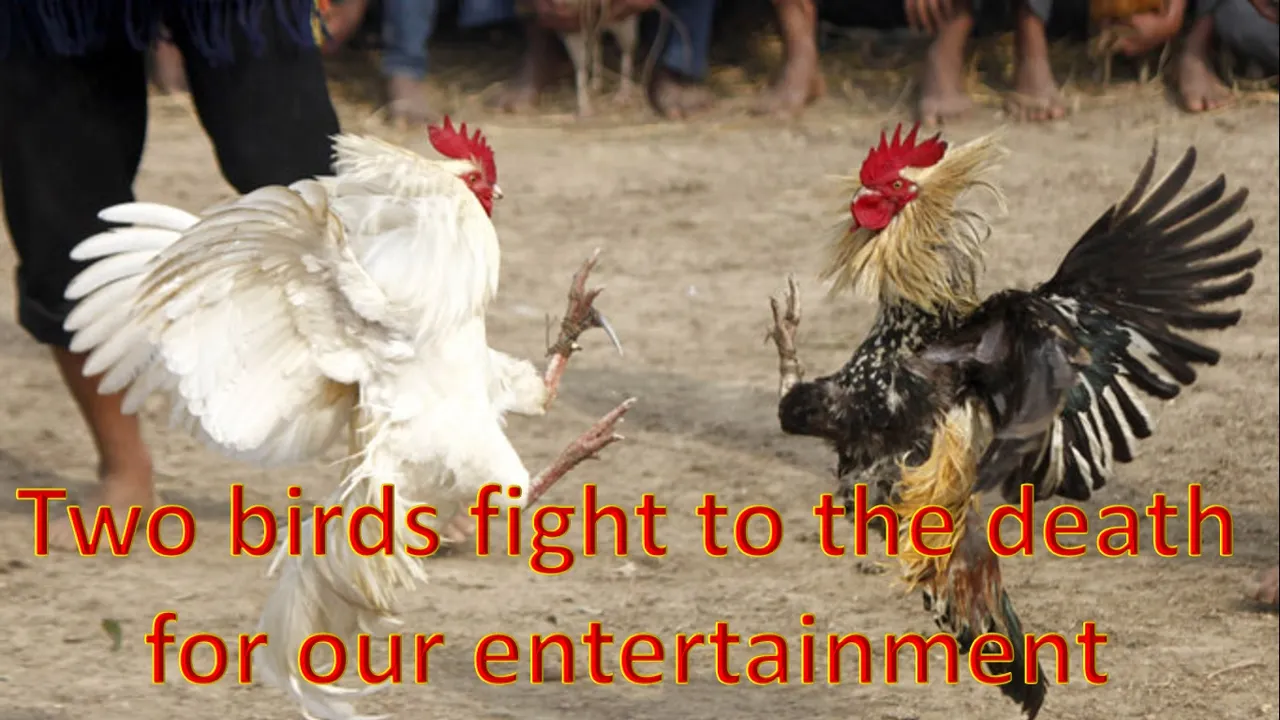
Animal Rides
Animal rides may seem harmless enough but they can still be quite torturous to the animals being rode. Pony, camel and elephant rides can be found at different venues such as zoos, fairgrounds, and carnivals. The life of these animals is far from pleasant. According to PETA, ponies can suffer from hoof ailments and soreness from having a saddle on their back all day as they walk round in circles. Elephants often suffer from boredom because of lack of mental stimulation. These animals are also transported around in hot cramped trailers and containers Source.
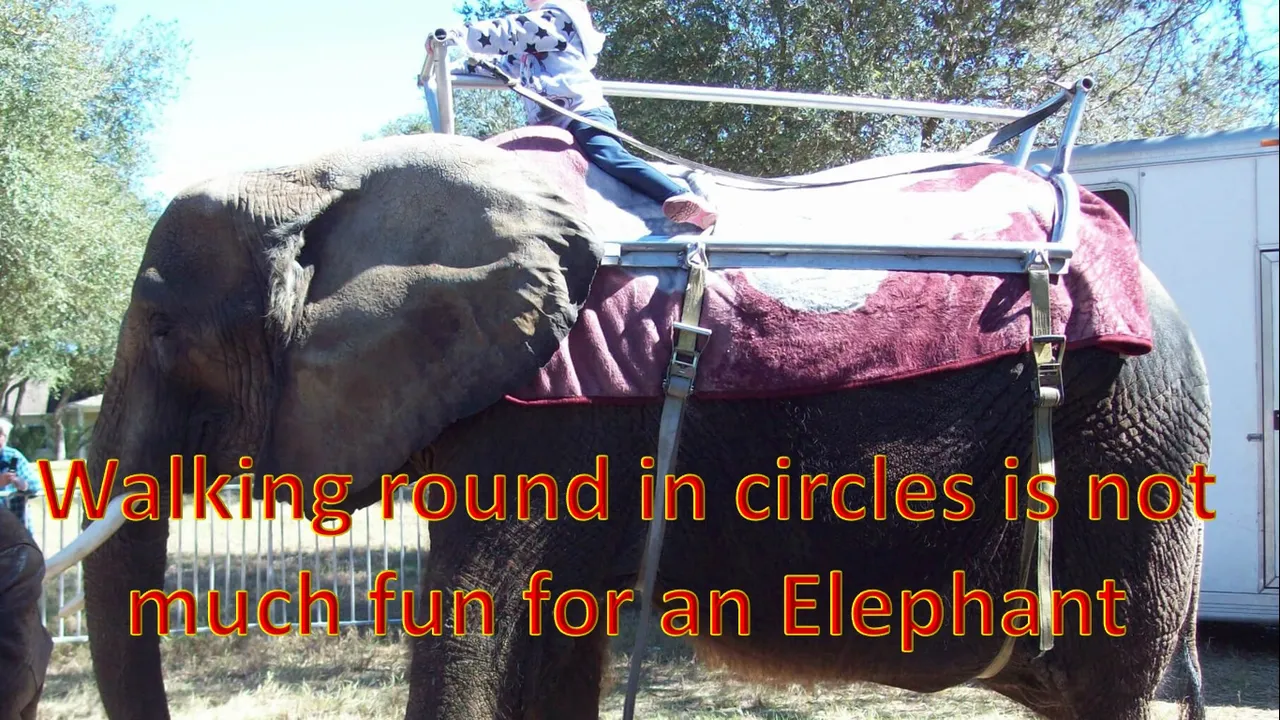
Film and Television Industry
Animals are often used in movies and television series. They appear to have a great life and are well looked after. Unfortunately, this is often not the case.
Decades ago it was common for animals to be abused or even killed in movies. Rhinoceroses were killed in the old Tarzan movies. In the movie ‘Apocalypse Now’, an ox was slaughtered. Horses were often very badly injured in western movies. Source.
The American Humane Association (AHA) now has the role of ensuring that no animals are hurt during filming. AHA does not monitor many aspects relating to animal welfare such as the living conditions of the animals off-set or during pre-production training. Ape actors such as chimpanzees and orangutans appear to suffer in the industry. They are taken from their mothers at a very young age. They are also subject to physical abuse as part of their training. The smiles often seen on the ape's faces in movies are actually grimaces of fear Source.
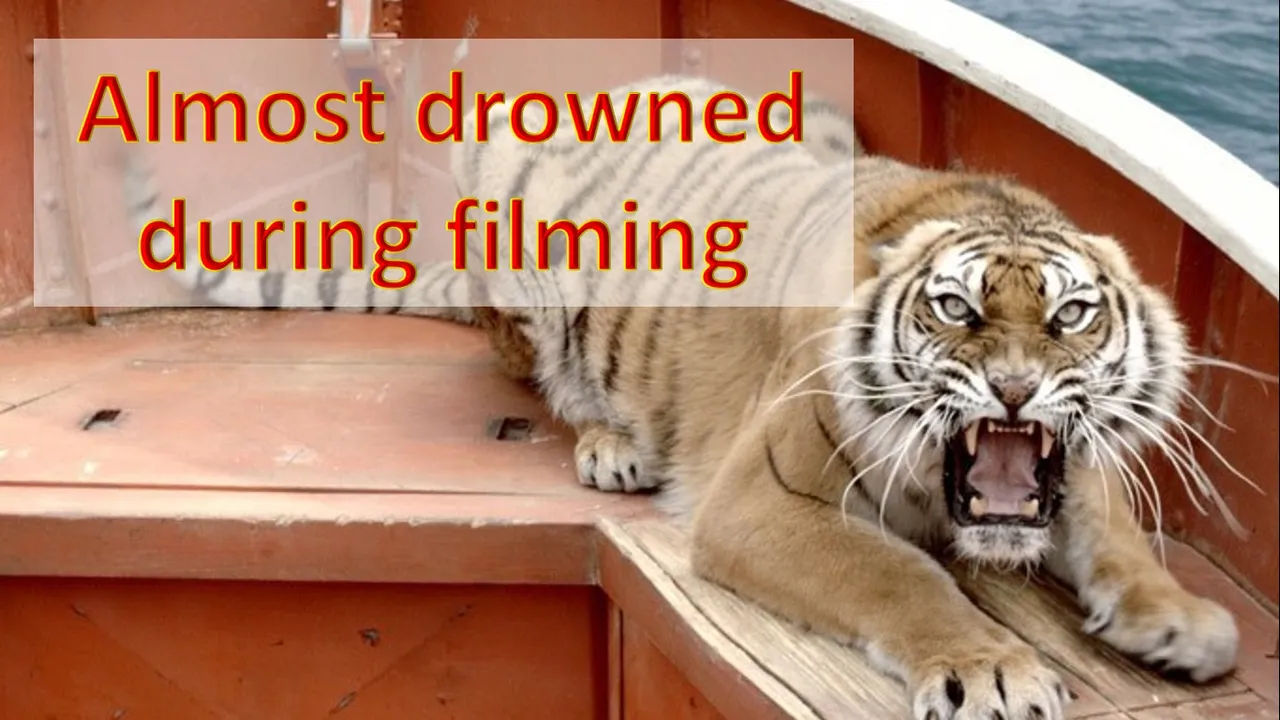
Hunting
Hunting is typically done as sport rather than a necessity for acquiring food. Hunting does not just kill the animals hunted but often adversely affects the families of the animals killed. Not all animals hunted die immediately, some escape and take days to die from their injuries. Other animals require to be shot several times and die a slow painful death Source.
Some hunting is done for profit. For example, elephants are hunted and killed for their ivory and rhinoceroses are hunted and killed for their horns. Excessive hunting is causing the extinction of these animals Source.
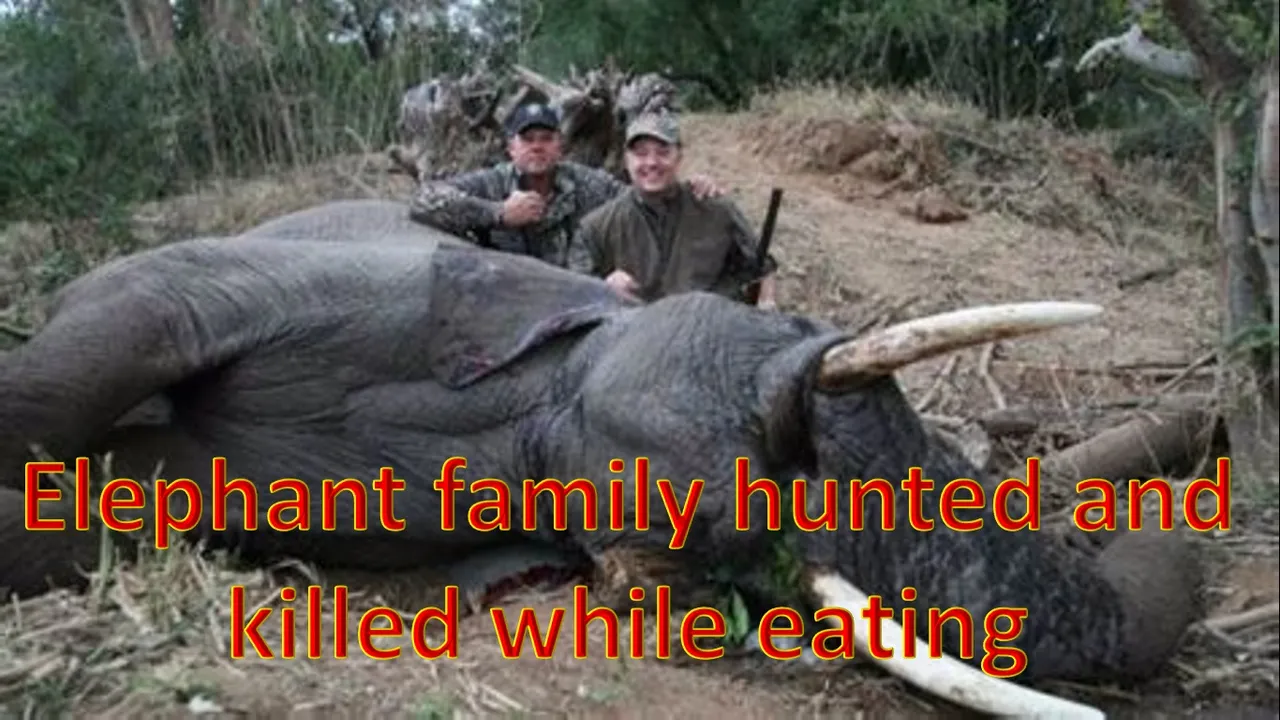
Fishing
Many people enjoy fishing. Some people believe fishing is not cruel as fish do not experience pain the same way as we do. Some people believe fishing is not cruel if the fish are thrown back in the water afterwards rather than killed. Throwing the fish back still causes harm to the fish. The fish can damage their scales on being caught. Damaged scales can make fish susceptible to disease, cause a dangerous build-up of lactic acid in their muscles, cause oxygen depletion, as well as damage their delicate fins and mouths. These injuries can also make these fish targets for predators Source.
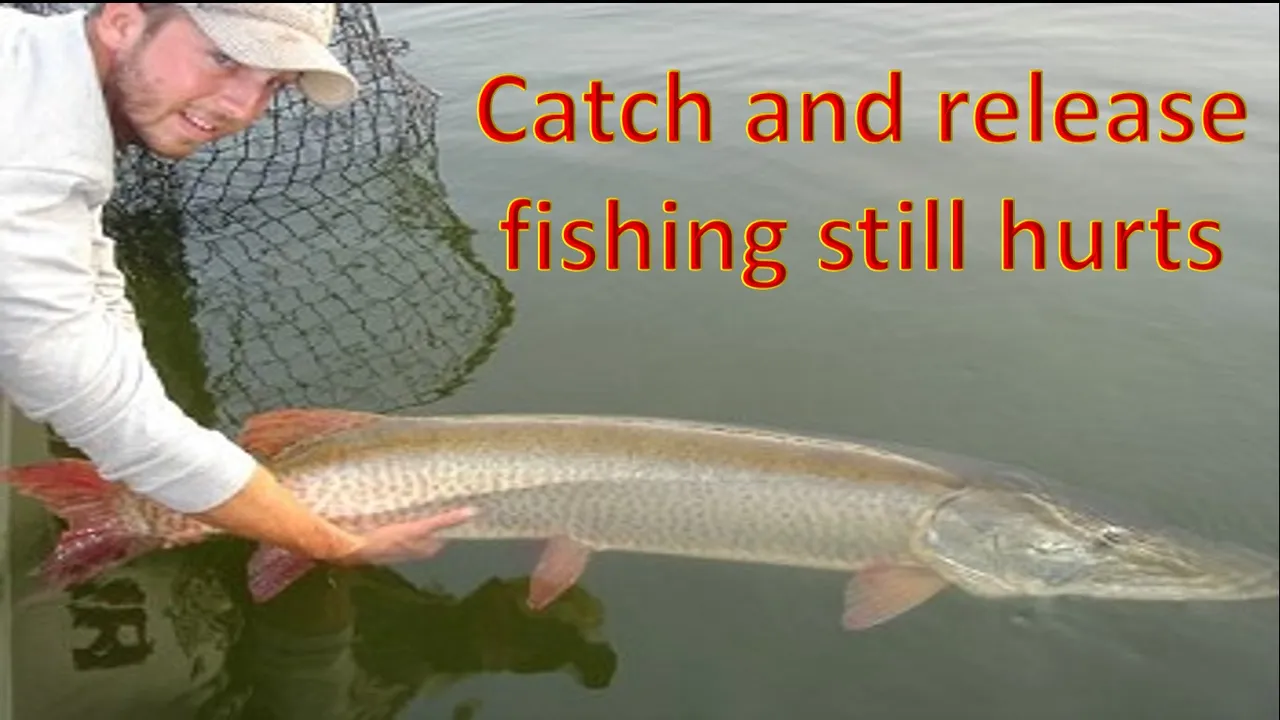
Conclusion
This brings me to the end of Part 2 of my animal abuse series. This post covered many areas of animal abuse relating to our entertainment. In time, I will investigate each area covered in this post in much greater detail. This post was designed to just provide a general idea of some of the abuse animals suffer just for the sake of our entertainment.
I hope you enjoyed this post. My next post will take a look at animal abuse in relation to science. This will include animal testing for products such as cosmetics and deodorants.










